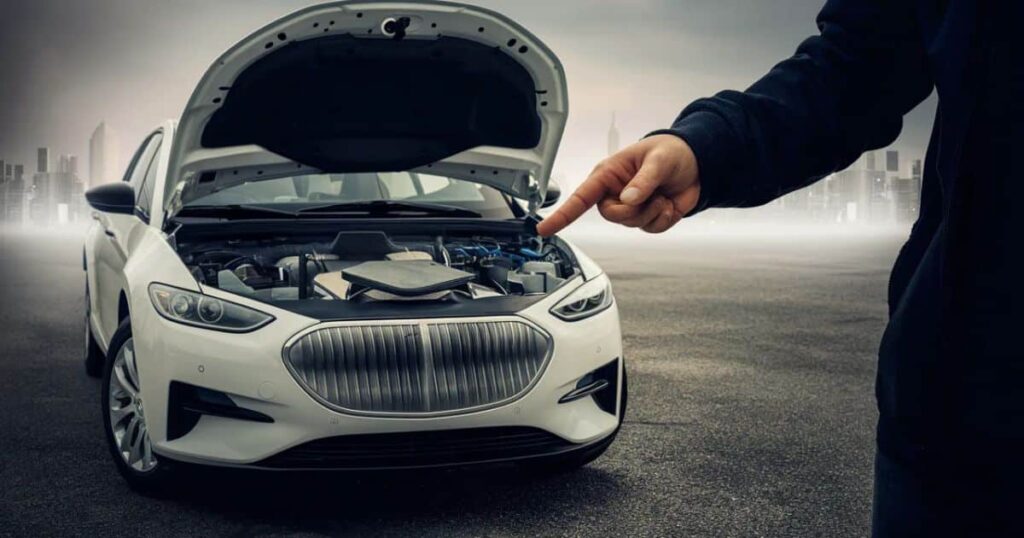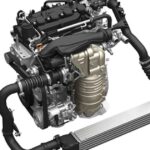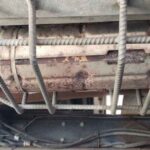Electric cars do have transmissions, but they are much simpler than conventional vehicles. Most use a single-speed transmission or gear reduction unit instead of a multi-gear system.
This transfers power from the electric motor to the wheels efficiently. While not having multiple gears, the single gear matches the motor’s high rpm to the wheels’ lower rpm.
Electric transmissions have fewer moving parts, require less maintenance, and are more efficient overall compared to traditional transmissions.
Understanding the Transmission System in Electric Cars
The transmission system plays a crucial role in vehicles, serving as the link between the engine and the wheels. In traditional gasoline-powered vehicles, the transmission transfers power from the engine to the wheels, allowing the vehicle to move and change gears based on speed and driving conditions.
Electric vehicles (EVs) have a fundamentally different powertrain design, leading to questions about whether they require a transmission system and how it differs from conventional vehicles.
How Do Electric Cars Work Without a Traditional Transmission?
Electric cars don’t have a traditional internal combustion engine, and instead, they rely on an electric motor powered by a battery pack. The electric motor generates torque, which is directly applied to the wheels through a single-speed transmission or a gear reduction unit.
This direct connection between the motor and the wheels eliminates the need for a complex multi-gear transmission found in gasoline-powered vehicles.
Does An Electric Car Have A Transmission?
While electric cars don’t have a traditional multi-gear transmission like gasoline-powered vehicles, they still require a transmission system to transfer the power from the electric motor to the wheels.
The transmission system in an electric car is generally simpler and more compact than its conventional counterpart.
EV Transmission: Gears on Electric Cars
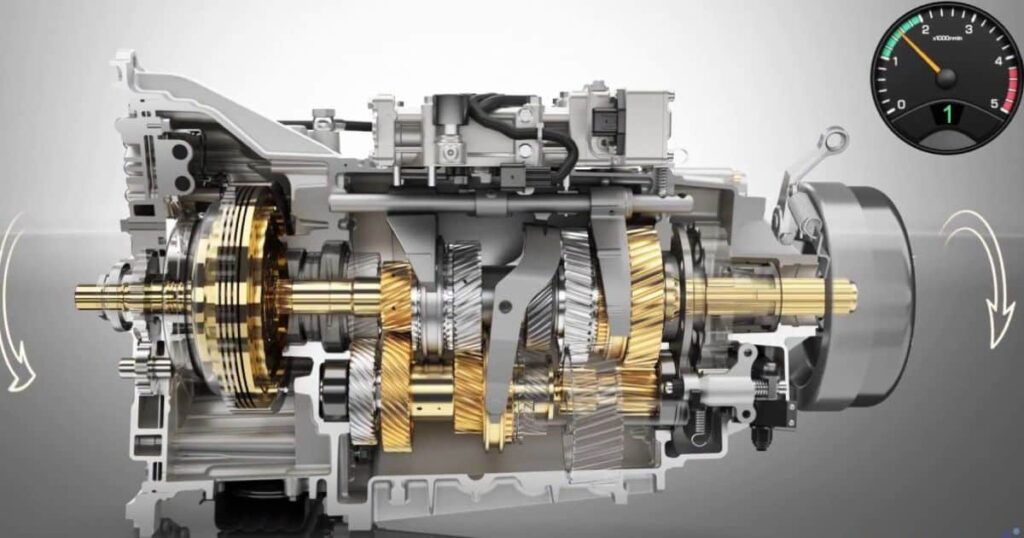
Electric cars typically have a single-speed transmission or a gear reduction unit that acts as a simple transmission.
This single-gear transmission is designed to provide the optimal gear ratio for the electric motor’s rotational speed and torque output, ensuring efficient power delivery to the wheels across a wide range of driving conditions.
Do Electric Vehicle Transmissions Have Gears?
While electric vehicles don’t have a traditional multi-gear transmission, they may have a single gear or a gear reduction unit, depending on the specific design.
The purpose of this gear is to match the high rotational speed of the electric motor to the lower rotational speed required by the wheels.
Types of EV Transmissions
There are two main types of transmission systems used in electric vehicles:
- Single-Speed Transmission: This is the most common type of transmission found in electric cars. It consists of a single gear that transfers power from the electric motor to the wheels. The gear ratio is carefully selected to provide optimal performance and efficiency across a wide range of driving conditions.
- Multi-Speed Transmission: Some electric vehicles, particularly high-performance models or those designed for specific driving conditions, may incorporate a multi-speed transmission. These transmissions typically have two or three gears, allowing the vehicle to optimize power delivery and efficiency at different speeds and driving scenarios.
How Electric Car Transmissions Differ from Traditional Vehicles
The transmission system in an electric car differs significantly from that of a conventional gasoline-powered vehicle in several ways:
- Simplicity: Electric car transmissions are much simpler and have fewer moving parts than traditional multi-gear transmissions. This simplicity contributes to higher efficiency, lower maintenance requirements, and improved reliability.
- Instant Torque Delivery: Electric motors can provide maximum torque from a standstill, eliminating the need for complex gearboxes to manage power delivery across different speed ranges.
- Regenerative Braking: Electric cars can capture energy during braking through regenerative braking systems, which use the electric motor as a generator to recharge the battery pack. This process doesn’t require the transmission to disengage, as it would in a conventional vehicle.
- Noise and Vibration: Electric car transmissions are generally quieter and produce less vibration than traditional transmissions, contributing to a smoother and more refined driving experience.
Transmission in Electric Car Compared to Conventional Vehicles
While both electric and conventional vehicles require a transmission system, the design and operation of these systems differ significantly:
- Conventional Vehicles: Gasoline-powered vehicles typically have a complex multi-gear transmission, such as a manual transmission or an automatic transmission with a torque converter. These transmissions are necessary to match the engine’s power output to the wheels’ rotational speed and provide the appropriate gear ratios for different driving conditions.
- Electric Vehicles: Electric cars typically have a single-speed transmission or a gear reduction unit that transfers power from the electric motor to the wheels. This simpler design is possible because electric motors can provide maximum torque across a wide range of rotational speeds, eliminating the need for multiple gears.
More Post:
What Does Car Registration Look Like?
Advantages of Electric Car Transmission Systems
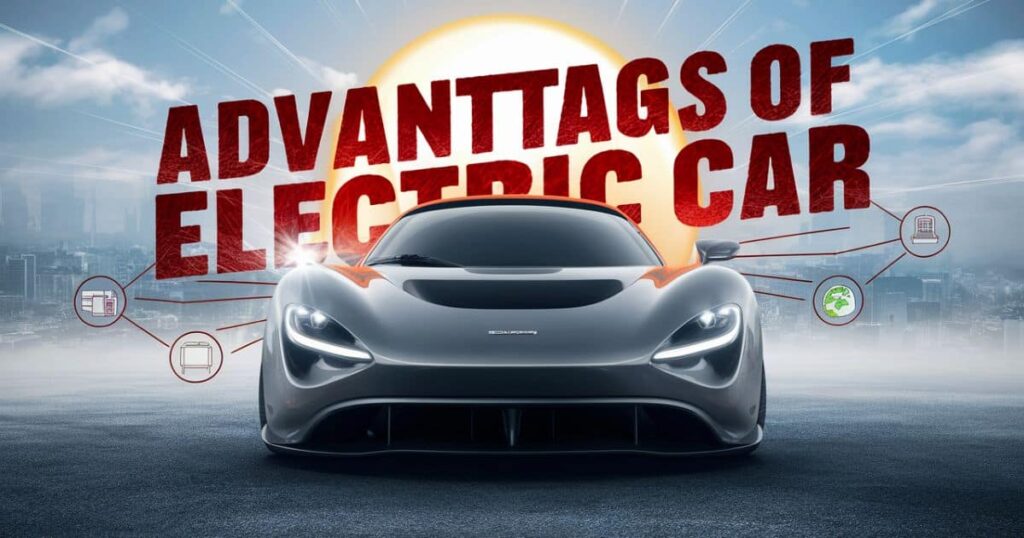
The simplified transmission system used in electric vehicles offers several advantages over traditional multi-gear transmissions:
- Increased Efficiency: With fewer moving parts and reduced friction, electric car transmissions are more efficient, resulting in improved overall vehicle efficiency and range.
- Lower Maintenance Costs: The simpler design and fewer components in electric car transmissions result in lower maintenance requirements and costs over the vehicle’s lifetime.
- Smoother Driving Experience: The direct power delivery from the electric motor to the wheels, combined with the absence of gear shifts, provides a smoother and more consistent driving experience.
- Packaging Flexibility: The compact size of electric car transmissions allows for more flexible packaging and interior space utilization within the vehicle.
EV Transmission Maintenance
While electric car transmissions require less maintenance than traditional transmissions, they still need periodic attention to ensure optimal performance and longevity. Here are some common maintenance tasks for electric car transmissions:
- Transmission Fluid Inspection and Replacement: Even though electric car transmissions are simpler, they may still require transmission fluid inspection and replacement at specified intervals, as recommended by the manufacturer.
- Cooling System Maintenance: Some electric car transmissions have a dedicated cooling system to prevent overheating. Regular maintenance, such as coolant level checks and coolant flushes, may be necessary.
- Driveshaft and Bearings Inspection: The driveshaft and bearings that connect the transmission to the wheels should be inspected periodically for wear and proper lubrication.
- Software Updates: Manufacturers may release software updates that optimize the transmission control system for improved performance or efficiency. It’s essential to keep the vehicle’s software up to date.
The Future of Electric Car Transmissions
As electric vehicle technology continues to evolve, we can expect further advancements in transmission systems. Some potential developments include:
- Improved Gear Reduction Units: Manufacturers may develop more efficient and compact gear reduction units to further optimize power delivery and efficiency.
- Multi-Speed Transmissions: While currently less common, multi-speed transmissions may become more prevalent in high-performance electric vehicles or those designed for specific driving scenarios.
- Integration with Advanced Driving Modes: Transmission systems may be integrated with advanced driving modes, such as off-road or sport modes, to provide optimal performance and control in various driving conditions.
- Wireless Software Updates: Over-the-air software updates could allow manufacturers to remotely optimize transmission control algorithms, improving performance and efficiency without the need for physical maintenance visits.
Find Your Next Electric Vehicle at Sam Leman Automotive Group
If you’re interested in exploring the world of electric vehicles and their innovative transmission systems, visit Sam Leman Automotive Group.
Our knowledgeable sales team can guide you through the latest EV models, their features, and the advantages of electric car transmissions.
Experience the future of driving with an electric vehicle from Sam Leman Automotive Group.
People Also Ask (FAQ’S)
Do electric cars have transmissions?
Electric cars do have a transmission system, but it is generally simpler and more compact than the multi-gear transmissions found in conventional gasoline-powered vehicles. Most electric cars have a single-speed transmission or a gear reduction unit that transfers power from the electric motor to the wheels.
How does the transmission in an electric car work?
The transmission in an electric car is designed to match the high rotational speed of the electric motor to the lower rotational speed required by the wheels. It typically consists of a single gear or a gear reduction unit that provides the optimal gear ratio for efficient power delivery across a wide range of driving conditions.
Do electric cars have gears?
While electric cars don’t have a traditional multi-gear transmission, they may have a single gear or a gear reduction unit. These gears are used to match the electric motor’s rotational speed to the wheels’ rotational speed, ensuring optimal power delivery and performance.
What are the advantages of electric car transmissions?
Electric car transmissions offer several advantages, including increased efficiency due to fewer moving parts and reduced friction, lower maintenance costs, smoother driving experience due to the absence of gear shifts, and packaging flexibility due to their compact size.
Do electric car transmissions require maintenance?
Yes, while electric car transmissions are generally simpler and require less maintenance than traditional transmissions, they still need periodic attention. This may include transmission fluid inspection and replacement, cooling system maintenance, driveshaft and bearing inspection, and software updates from the manufacturer.
Summary
Electric cars typically do not have traditional transmissions like gasoline vehicles. Instead, they use a single-speed transmission due to the high torque produced by electric motors at low speeds, eliminating the need for multiple gears.
Some electric vehicles may have more complex transmission systems for performance optimization, but this is less common. Understanding how electric car transmissions work highlights their efficiency, simplicity, and the differences from conventional vehicles. Future developments may further enhance these systems.

